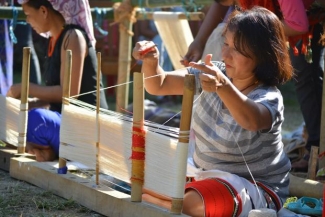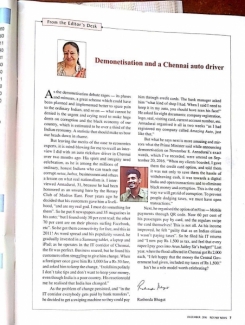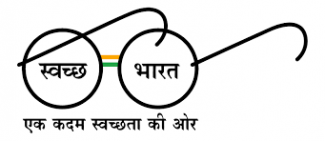
Vitono Gugu Haralu, 37, grew up watching her mother weave intricate Naga shawls, cushion covers and table runners. It has been more than 30 years, but her mother’s weaving business has made little progress. The reason? Raw materials like long-staple cotton are not widely cultivated in the state and natural dyes like indigo and manjistha (Rubia cordifolia) are scarce and expensive. Additionally, marketing and showcasing at exhibitions require time and money.
In the patriarchal culture of Nagaland, weaving is a woman’s job. For Haralu, supporting weavers is linked to women’s empowerment, apart from preserving the state’s indigenous loin loom crafts. In 2012, Haralu moved back from Delhi, where she worked as an activist, to focus on women’s rights. She founded Pathfinders, an NGO, in 2015.
“The entire process of purchasing cotton, gathering dyes from the forest and then spending days to weave proves to be so challenging that the weaver would rather shift to another occupation or grow food to make a living," says Sonnie Kath, co-founder of Exotic Echo.
Such organizations offer skill upgradation and market linkages, build relationships with other North-Eastern states and focus on livelihood models with young and middle-aged weavers to sustain the craft.
Read more of this very interesting story in a report by Jahnabee Borah published in LiveMint....











